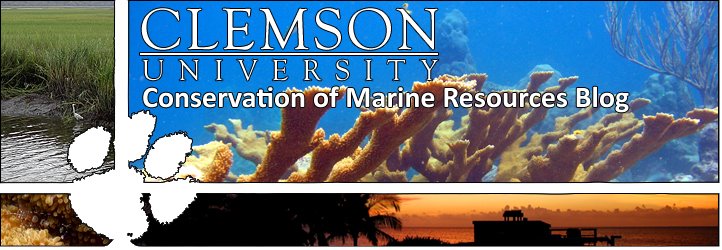
The best day I had was when the group decided to go diving / snorkeling at Looe Key. For a lot of people it was their first time being out surrounded by the deep blue color of the ocean. After our dive briefing we literally jumped right in. Immediately when we reached the bottom we saw two Grouper behaving in an unorthodox way. Maybe competing over territory, or a female? We weren't sure. Continuing we saw lots and lots of coral, several kinds of grunts, hogfish, snapper, grouper, barracuda, parrotfish, spiny lobsters, and an eel. The eel was awesome. It was close to five feet long and was just chillin' in its hole as we passed by. I was also very excited when I spotted a Brittle Star crawling along the bottom, one of my favorite echinoderms.






